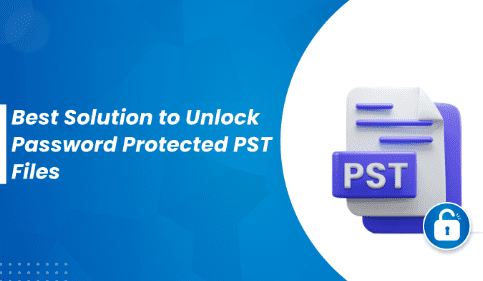In the realm of security, access control systems stand as the first line of defense in ensuring the safety of physical and digital assets. These systems, ranging from simple electronic keypads to biometric identification mechanisms, play a pivotal role in regulating who enters and leaves a facility. However, like any sophisticated technology, maintaining these systems is crucial for their effectiveness and longevity.
This article explores the key strategies for maintaining your access control system effectively, ensuring it remains a robust barrier against unauthorized access.
Understanding the Basics of Access Control Systems
Before diving into maintenance strategies, it’s essential to grasp the fundamentals of access control systems. These systems are designed to permit or deny access to resources within a network. They can be as straightforward as a lock and key or as complex as biometric systems that analyze fingerprints or retinas.
The core components include the physical barrier (like doors and turnstiles), the identification system (such as key cards or biometric scanners), the controller (which processes access requests), and the software that manages it all.
One critical aspect of access control systems is the communication standard used for transmitting data between the card reader and the controller. Herein lies the difference between Wiegand and OSDP protocols. Wiegand has been the industry standard for decades, known for its simplicity and reliability.
However, the Open Supervised Device Protocol (OSDP) offers advanced security features like encryption and bi-directional communication, making it a preferred choice for modern installations. Understanding this distinction is key to selecting and maintaining a system that meets your security needs.
Regular Maintenance Checks
The cornerstone of effective access control system maintenance is regularity. Scheduled checks are indispensable, as they help identify potential issues before they escalate into significant problems. These checks should cover physical inspections of hardware, testing of electronic components, and verification of system software.
Physical hardware, including door locks, hinges, and turnstiles, should be inspected for signs of wear and tear. Electronic components, such as card readers and biometric scanners, require testing to ensure they accurately read credentials and communicate effectively with the control system. Additionally, the system’s software should be evaluated for updates or patches that might be needed to address security vulnerabilities or enhance functionality.
Professional Audits and Updates
While regular checks can be performed by trained staff, professional audits are crucial for a comprehensive assessment of the access control system. These audits, conducted by security experts, delve deeper into the system’s effectiveness, examining aspects like the security of data transmission and the robustness of the control mechanisms against attempted breaches.
Software and firmware updates play a critical role in maintaining the security and efficiency of access control systems. Manufacturers regularly release updates to address newly discovered vulnerabilities and improve system performance. Ensuring that your system is running the latest software version is crucial in protecting against cyber threats and enhancing overall security.
Training and Awareness
An often overlooked aspect of maintaining an access control system is user training and awareness. Employees and users of the system must be educated on the proper use of access control devices and the importance of security protocols. This includes training on how to handle access credentials securely and what to do in case of a lost or stolen card.
Awareness campaigns can reinforce the significance of security practices, such as reporting suspicious activities or breaches. Engaging users in the security process fosters a culture of vigilance and responsibility, further enhancing the effectiveness of the access control system.
Leveraging Advanced Features and Technologies
As technology evolves, so do the features and capabilities of access control systems. Advanced functionalities, such as integration with video surveillance systems, mobile access control, and the use of artificial intelligence for anomaly detection, can significantly enhance security measures.
Exploring and integrating these advanced features can provide a more comprehensive security solution. For instance, combining access control with video surveillance allows for visual verification of access events, adding an additional layer of security. Similarly, mobile access control offers flexibility and convenience while maintaining high-security standards.
Conclusion
Maintaining an access control system is a multifaceted endeavor that requires attention to detail, regular checks, and an openness to technological advancements. Understanding the intricacies of your system, including the difference between Wiegand and OSDP, lays the foundation for effective maintenance. By conducting regular maintenance checks, seeking professional audits, staying abreast of software updates, fostering user awareness, and leveraging advanced technologies, you can ensure that your access control system remains a robust defender of your organization’s security.
Remember, an access control system is not just a set of technologies but a dynamic security measure that requires ongoing attention and management. By adopting a proactive maintenance strategy, you can enhance the longevity and effectiveness of your system, safeguarding your assets against unauthorized access for years to come.

As the editor of the blog, She curate insightful content that sparks curiosity and fosters learning. With a passion for storytelling and a keen eye for detail, she strive to bring diverse perspectives and engaging narratives to readers, ensuring every piece informs, inspires, and enriches.










